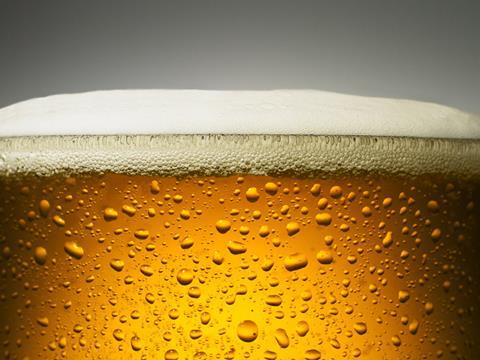
Brewers face a “huge escalation” in the cost base of beer next year which risks sending wholesale prices surging as suppliers struggle to absorb rising costs.
Media reports this month warned beer prices would surge over the next 80 years thanks to the effect of climate change on barley yields, but industry sources warn imminent rises are already on the cards.
One senior source at a major supplier told The Grocer: “The single largest challenge for beer next year will be the huge escalation in the cost base. Barley production across Europe this year was extremely poor and we anticipate it’s going to have a massive impact.”
In some instances costs could “almost double”, they suggested.
Another source at a UK brewer added cost price inflation was “absolutely” on the cards, and could lead to product inflation of roughly 3%-5%, adding that some barley wholesalers had already begun to pass on significant price increases.
“Our experience and our view is that suppliers of barley and malt aren’t doing a particularly good job of hedging the future in and behaving in a way that looks to stabilise costs.”
However, they stressed barley was “not the only element of inflation we’re looking at for next year. There’s electricity, oil and Brexit, which is affecting costs, deal or not. Distribution is looking at significant inflation.”
This didn’t necessarily mean supermarket prices for beer will rise straight away. “I’m not sure the market is ready to accept this level of inflation, so it’s about how retailers and suppliers work together to mitigate and engineer and do the right thing for the shopper.”
As well as low yields (latest Defra figures released earlier this month show spring barley yields have fallen 8.7% year on year, with production down 7.9%), average nitrogen levels in barley have risen to an average of 1.65% across the UK [AHDB]. According to the Maltsters’ Association of Great Britain, a nitrogen level of roughly 1.5% is considered an optimum level.
This presented a “real challenge” not just for brewers but potentially spirits distillers also, said James Webster, senior analyst for cereals and oilseeds at AHDB. “If the nitrogen level gets too high in the barley than it can start to reduce the alcohol yield or lead to cloudier beer, for example.
“Absolutely there’s a chance that it could affect distillers, particularly as they tend to work to a lower nitrogen spec. Brewers within reason could go up to some higher levels but many distillers tend to look for a percentage lower than 1.65% as a rule of thumb.”



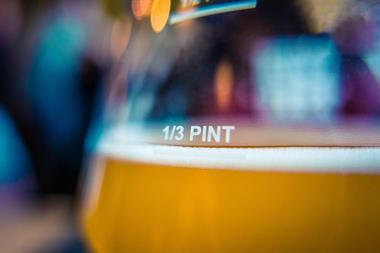


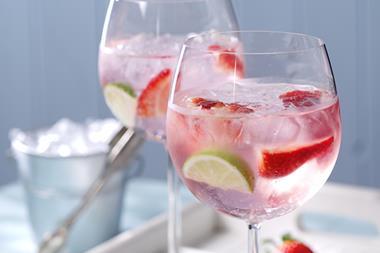


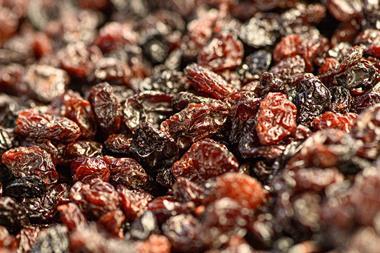

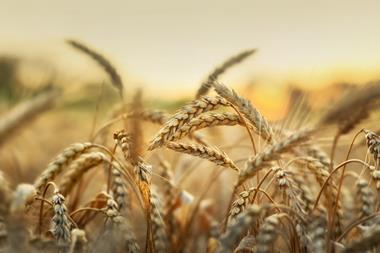
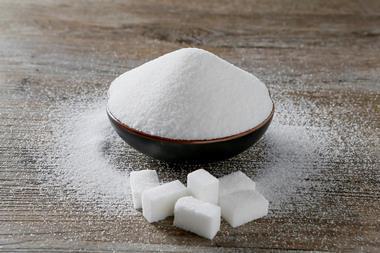
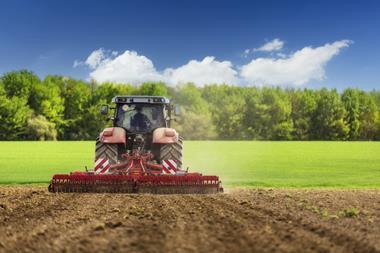
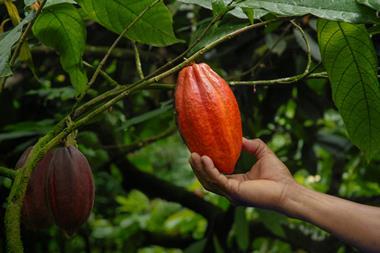
No comments yet